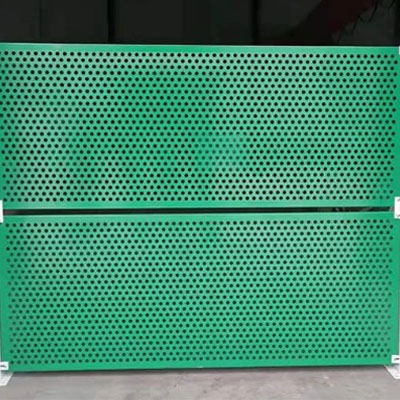What Makes a Good Sound Barrier?
In our increasingly noisy world, sound barriers play a crucial role in providing peace and quiet, particularly in urban environments. But what exactly makes an effective sound barrier? Understanding the key elements that contribute to sound reduction can help us design better solutions for noise control.
Material Composition
The materials used in a sound barrier are fundamental to its effectiveness. Sound barriers are typically made from dense materials that can absorb and reflect sound waves. Concrete, brick, or specialized sound-absorbing materials work well due to their density and mass. The denser the material, the more it will reduce the transmission of sound. For example, a solid concrete wall is significantly more effective at blocking sound than a wooden fence. Additionally, sound-absorbing materials, such as acoustic panels or foam, can enhance overall sound reduction by dissipating sound energy rather than merely blocking it.
Height and Length
The physical dimensions of sound barriers also significantly impact their performance. A barrier's height plays a critical role in its ability to deflect sound. Generally, the taller the barrier, the more effective it will be at blocking sound waves coming from a specific direction. The ideal height often varies based on the distance from the noise source and the height of the noise-producing activity.
Length is another crucial factor; longer barriers can effectively cover more noise-producing areas, thus providing uninterrupted sound reduction. For instance, a continuous wall that stretches along a busy highway is typically more effective than sporadic barriers separated by gaps.
Design and Surface Texture
what makes a good sound barrier

The design and surface texture of a sound barrier can also influence its effectiveness. Smooth surfaces may reflect sound efficiently, while irregular surfaces can scatter sound waves, dispersing them in various directions. Innovations in design, such as incorporating angled surfaces or varying heights, can enhance the barrier's performance. Furthermore, aesthetically pleasing designs can encourage community support and acceptance, as they blend more seamlessly into the environment.
Vegetation and Natural Solutions
Integrating vegetation into sound barriers can further enhance their effectiveness. Plants can act as a natural sound buffer by absorbing sound waves and providing a visual barrier that softens the harshness of concrete structures. Trees and shrubs can be particularly effective, as their leaves and branches disrupt sound waves. This dual approach not only improves sound reduction but also contributes to environmental benefits, such as increased biodiversity and improved air quality.
Maintenance and Durability
Lastly, the durability and maintenance of sound barriers are essential for long-term effectiveness. Barriers must be able to withstand environmental challenges, such as weather conditions and physical wear and tear. Regular maintenance not only preserves their structural integrity but also ensures they continue to perform effectively over time.
Conclusion
In conclusion, a good sound barrier hinges on multiple factors, including material composition, height, length, design, integration of vegetation, and maintenance. By carefully considering these elements, we can create sound barriers that not only reduce noise pollution but also enhance the quality of life in urban areas. A well-designed sound barrier ultimately serves as a shield against the cacophony of modern life, allowing individuals to enjoy their spaces in peace.
-
The Strength and Versatility of Aluminum Expanded Metal Mesh
NewsJun.10,2025
-
Safety Guards and Machine Enclosures Using Expanded Mesh
NewsJun.10,2025
-
Performance with Round Hole Perforated Mesh in Wall Panels
NewsJun.10,2025
-
How Steel Grating Trench Covers Distribute Weight Efficiently
NewsJun.10,2025
-
How Deck Mesh Railing Enhances Backyard Aesthetics
NewsJun.10,2025
-
Comparing Bar Thickness and Spacing in Steel Grating
NewsJun.10,2025
Subscribe now!
Stay up to date with the latest on Fry Steeland industry news.

